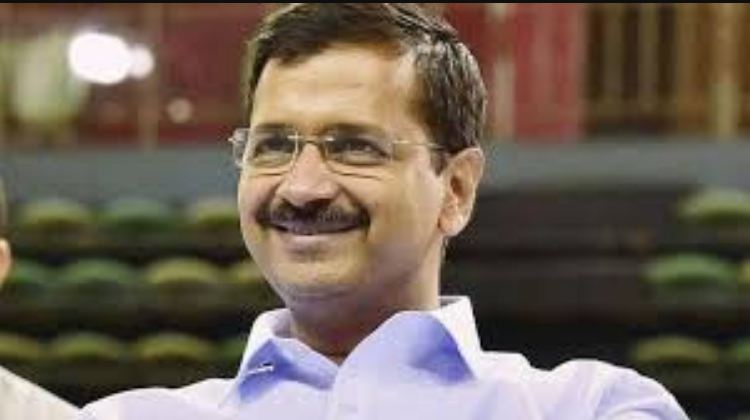The decision of Delhi government to not reduce Value Added Tax (VAT) on petroleum has brought the city to a halt. Delhi Petroleum Dealers Association (DPDA) has called for 24 hour shutdown of 400 petrol pumps across the city to pressurize Kejriwal government to reduce tax on petrol and diesel. The CNG stations, most of which are linked with petrol pumps will also remains closed. The fuel stations in Delhi will be closed from 6 AM Monday to 5 AM Tuesday and these fuel pumps will not purchase petrol, diesel or CNG from oil marketing companies for the day. “The Centre had slashed the rate of petrol and diesel by Rs 2.50 per litre each on September 4. This was followed by a reduction of VAT by various states, including neighboring Haryana and Uttar Pradesh. But, the Delhi government refused to reduce VAT, resulting in fuel becoming more expensive than bordering Haryana and Uttar Pradesh,” said Nischal Singhania, president of DPDA.
After the reduction of prices by the state government, the prices of petrol and diesel became significantly lower in Uttar Pradesh and Haryana. So, customers in Delhi now purchase petrol and diesel from fuel station in UP and Haryana. Therefore the sales of diesel in Delhi have gone down by 50-60 percent and of petrol by 20-30 percent. Petrol pumps have to bear losses, people of Delhi must pay higher petroleum prices, and auto and taxi owners are facing problems-all due to Delhi government’s autocratic stance of not reducing the prices. Commuters and ‘Aam Aadmi’ will face problems throughout the day due to arrogance of the Delhi CM. Ever since he came to power Arvind Kejriwal has proactively tried to project a “pro-junta” image through puppets in the media and a team of formidable warriors on social media. But as usual he has resorted to centre blaming than actually doing something to help the “aam-aadmi”. All this while the social media team of Kejriwal is busy spreading the propaganda that the central government is responsible for hike in petroleum prices, while the facts point at something else. Previously central government imposed a fixed central excise duty on petrol and diesel, which is currently Rs 19.48 per liter of petrol and Rs 15.33 for diesel. The central government has now reduced the excise duty on petroleum by 2.50 rupees per liter on September, 4 bringing the excise duty on petrol down to 16.98 and 12.83 rupees per liter on diesel.
मोदी सरकार द्वारा पेट्रोल और डीजल के दामों में 2.5 रुपए कम करने के निर्णय का मैं स्वागत करता हूँ।
यह निर्णय प्रधानमंत्री श्री @narendramodi जी के नेतृत्व वाली केंद्र सरकार की देश की जनता के हितों के प्रति संवेदनशीलता को दर्शता है।— Amit Shah (Modi Ka Parivar) (@AmitShah) October 4, 2018
Centre asked state government to follow the lead and reduce the taxes on petroleum prices to relieve the masses. Many BJP ruled states like Gujarat, Maharashtra, Uttar Pradesh, Madhya Pradesh, Chhattisgarh, Jharkhand, Assam and Tripura followed centre’s lead and reduced VAT by 2.5 per liter which led to total reduction of 5 rupees per liter in most parts of the country. The people of Delhi expected the government to follow the same and cut the VAT by 2.5 rupees per liter. But Kejriwal refused to reduce the price and expectedly called the strike by fuel pumps as “BJP sponsored”.
Petrol pump owners hv told us privately that this is a BJP sponsored strike, actively supported by oil cos. In fact, BJP has thrust it upon petrol pump owners. People will give BJP a befitting reply in elections for continuously inconveniencing people thro their dirty politics. https://t.co/S8pLZNbIOw
— Arvind Kejriwal (@ArvindKejriwal) October 21, 2018
April 2016 onwards, petrol was put under the 27% tax bracket in Delhi and diesel attracted 16.75% VAT. In fact most states impose heavy VAT on petroleum as this is the main source of revenue for them. But at the same time, state governments do not want to take their share of blame on high petrol and diesel prices. Another important point that needs to be noted is that post the Fifteenth Finance Commission, the revenue share of states in Union taxes has been bumped to a whopping 42 percent from the previous 32 percent. With states now earning more than ever, it all boils down to the intent.
